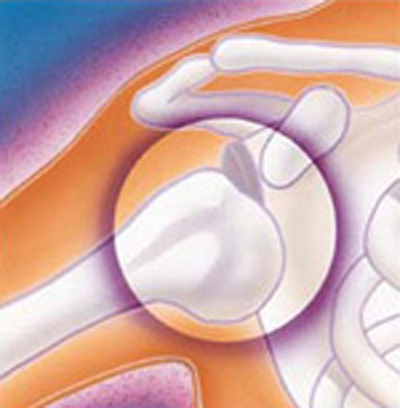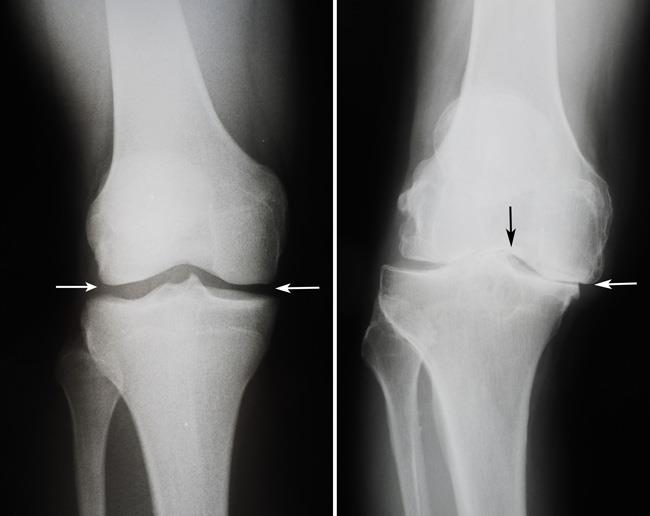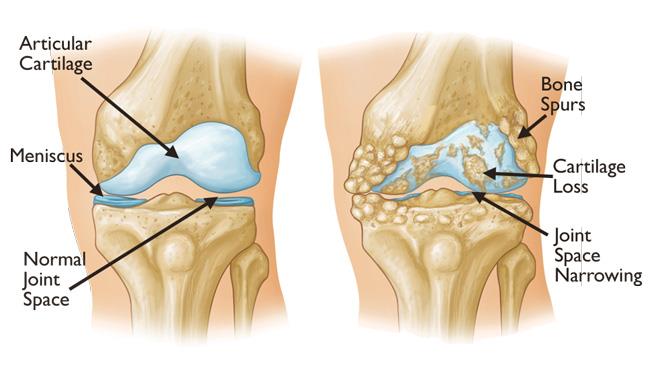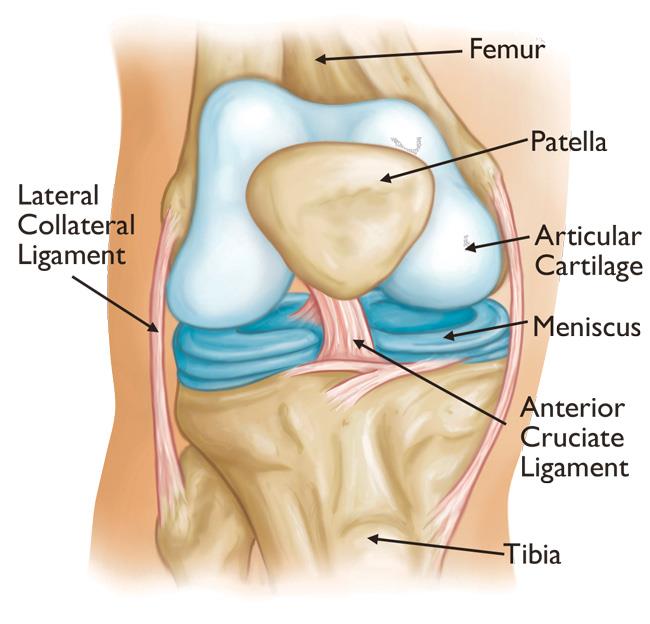Your doctor may immobilize the shoulder in a sling or other device for several weeks following treatment. Plenty of early rest is needed. The sore area can be iced 3 to 4 times a day. After the pain and swelling go down, the doctor will prescribe rehabilitation exercises for you. These help restore the shoulder’s …
Monthly Archives: October 2018
Examination and Treatment
Doctor Examination The muscles may have spasms from the dislocation, and this can make it hurt more. When the shoulder dislocates time and again, there is recurrent shoulder instability. The doctor will examine the shoulder and may order an x-ray. It is important that the doctor know how the dislocation happened and whether the shoulder …
Symptoms
Symptoms to look for include: Deformity Swelling Numbness Weakness Bruising Sometimes a dislocation may tear ligaments or tendons in the shoulder or damage nerves. The shoulder joint can dislocate forward, backward, or downward. A common type of shoulder dislocation is when the shoulder slips forward (anterior instability). This means the upper arm bone moved forward …
Dislocated Shoulder
The shoulder joint is the body’s most mobile joint. It can turn in many directions. But, this advantage also makes the shoulder an easy joint to dislocate. A partial dislocation (subluxation) means the head of the upper arm bone (humerus) is partially out of the socket (glenoid). A complete dislocation means it is all the …
Orthopaedic Evaluation
An evaluation with an orthopaedic surgeon consists of several components: A medical history. Your orthopaedic surgeon will gather information about your general health and ask you about the extent of your knee pain and your ability to function. A physical examination. This will assess knee motion, stability, strength, and overall leg alignment. X-rays. These images help to determine …
Cause
The most common cause of chronic knee pain and disability is arthritis. Although there are many types of arthritis, most knee pain is caused by just three types: osteoarthritis, rheumatoid arthritis, and post-traumatic arthritis. Osteoarthritis. This is an age-related “wear and tear” type of arthritis. It usually occurs in people 50 years of age and older, …
Anatomy of a Knee
The knee is the largest joint in the body and having healthy knees is required to perform most everyday activities. The knee is made up of the lower end of the thighbone (femur), the upper end of the shinbone (tibia), and the kneecap (patella). The ends of these three bones where they touch are covered …
Total Knee Replacement
If your knee is severely damaged by arthritis or injury, it may be hard for you to perform simple activities, such as walking or climbing stairs. You may even begin to feel pain while you are sitting or lying down. If nonsurgical treatments like medications and using walking supports are no longer helpful, you may …
Hello world!
Welcome to WordPress. This is your first post. Edit or delete it, then start writing!



